Estimated reading time: 8 minutes
An undercoat is a crucial aspect of many cats’ fur that requires understanding and care. If you’re a cat parent, knowing about your furry friend’s undercoat can greatly impact their health and comfort. That’s why we’re here to shed light on this often overlooked aspect of cat grooming.
In this article, we’ll delve into the concept of an undercoat, its significance, and the role it plays in a cat’s well-being. We’ll explore different coat types, delve into the importance of grooming, discuss how to manage undercoat removal and give you handy tips for maintaining a healthy coat in your cat.
What is an Undercoat?
The undercoat is the layer of cat hair that grows close to the skin. It’s usually softer and denser than the outer coat, which is made of guard hair. This inner layer keeps your cat warm by trapping heat. It also adds a degree of protection against the elements and predators.
However, the undercoat doesn’t always show itself readily. It may be hidden beneath guard hairs, which are coarser and more visible. Understanding the unique characteristics of the undercoat can help you keep the coat healthy, enhancing your furry friend’s comfort and overall appearance.
Next time you brush your cat, pay attention to the softer, denser hairs. Those are likely part of the undercoat.
Cat Breeds and Undercoats
Not all cats are the same when it comes to their coats. Some breeds of cats are known for their unique coats that may require special grooming needs.
For example, long-haired cats such as Persians and Maine Coons are known for their long, thick coats that require regular grooming to prevent tangles and mats. On the other hand, the Siamese breed has a short, close-fitting coat with little to no undercoat, making them easier to groom.
Sphynx cats, often referred to as hairless cats, do not have a traditional coat of fur but do have a fine layer of down. This breed requires regular bathing to remove skin oils.
Meanwhile, the Rex breeds, such as the Cornish Rex and the Devon Rex, have a unique curly coat, where the undercoat is the most prominent layer, resulting in a soft and wavy appearance.
Understanding the specific needs of your cat’s breed can help you keep their coat in top shape and ensure they are comfortable. Always remember that grooming is more than just about maintaining a pretty coat – it’s also about keeping your cat healthy.
Identifying a Double Coat
A soft purr, a gentle nudge, a glossy coat – these are some of the joys of being a cat owner. But have you ever wondered if your cat has a double coat? It’s an essential factor in grooming and maintaining your cat’s health.
A double coat refers to cats that have both an outer coat, or guard hair, and an undercoat. The undercoat is the dense, soft layer close to the skin. The guard hair is the top layer that we usually see and feel. This type of coat is found in many cats, from short hair to longhaired cats.
But how can you tell if your cat has a double coat? One way to tell is by observing the texture and thickness of your cat’s coat. The undercoat tends to be softer and denser than the guard hairs. If you comb your cat and notice two distinct layers – a fluffy undercoat and longer, coarser guard hairs – your cat likely has a double coat.
Why is this important? Recognizing a double-coated cat helps you provide the right care. Such cats shed their undercoat seasonally, which means you may find an increasing amount of hair around your home during these times. Proper grooming can help manage this shedding and keep your cat comfortable.
Understanding Different Types of Hair
What makes a cat’s coat unique? It’s the mix of different types of hair. In cats, there are generally three types of hair: guard hairs, awn hairs, and the undercoat. Let’s take a closer look at each one.
Guard hairs are the outermost layer of a cat’s coat. This type of hair is longer, coarser, and provides the color and pattern we see on our cats. Guard hairs also protect your cat from weather elements.
Awn hairs are in the middle. They’re shorter than guard hairs but longer than the undercoat. These hairs provide extra insulation and also contribute to the color and texture of your cat’s coat.
Last but not least, we have the undercoat. This layer is made of soft, fine hairs that grow close to the skin. The undercoat serves as an insulating layer, helping to keep your cat warm.
Each type of hair has a specific role in maintaining your cat’s comfort and health. Whether your cat has a single or double coat, understanding the different types of hair can guide your grooming routine and help you provide the best care for your feline friend.
Grooming and Managing Undercoat in Cats
Regardless of your cat’s coat type, a consistent grooming routine plays a pivotal role in their overall health and comfort. When your cat has a double coat, you’ll find some additional steps in your grooming routine particularly beneficial. Why? The undercoat, a dense, plush layer of hair close to the skin, often sheds, leading to loose hair and potential mats.
Regular brushing is a key activity in your grooming routine. It helps to manage the undercoat by removing loose hair and preventing mat formation – a state where the fur becomes entangled and knotted, which can be painful for your cat and challenging to remove. It also minimizes hairballs in your cat and reduces the amount of hair around your home.
Let’s look at some tips and methods on how to groom your cat and effective undercoat management:
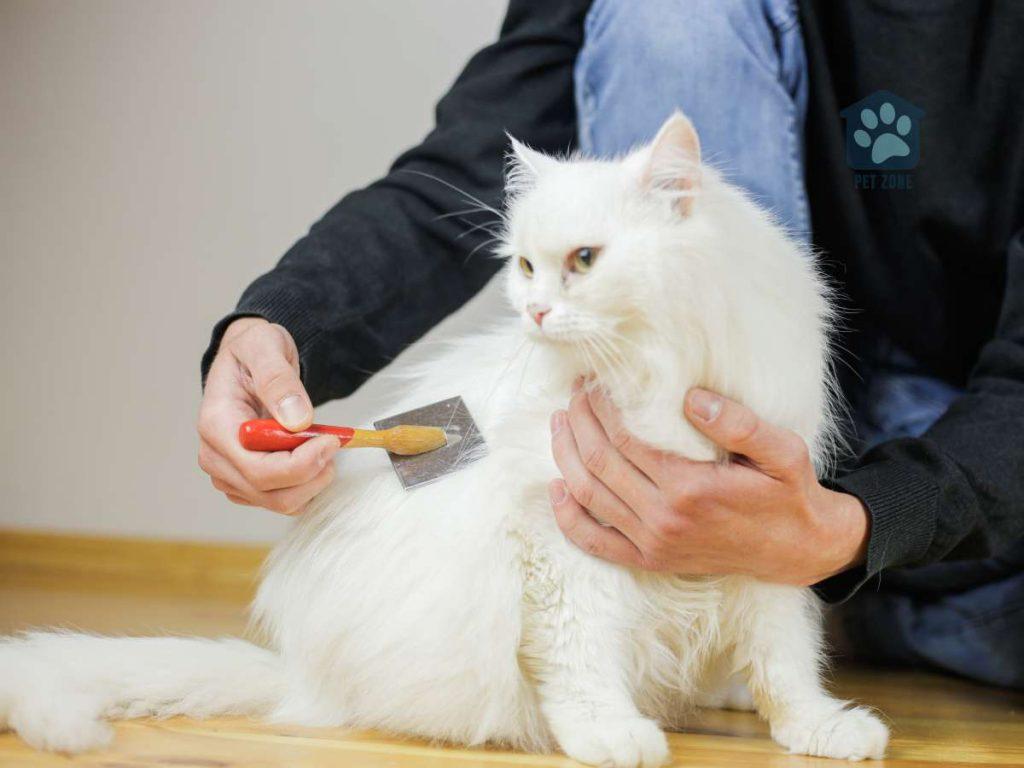
Dealing with Tangles and Mats
Tangles and mats can be an issue, especially for cats with a thick undercoat. Left unchecked, the undercoat can lead to these painful and uncomfortable formations in your cat’s fur. Therefore, understanding how to prevent and manage them is a vital aspect of cat care.
Here’s some advice on dealing with tangles and mats:
With a regular grooming routine and a little bit of patience, it’s entirely possible to keep tangles and mats at bay, ensuring your cat remains comfortable and their coat stays beautiful and healthy.
Shedding and Coat Maintenance
One thing all cat owners can attest to is the phenomenon of shedding. While shedding might seem like a nuisance, it’s a natural process for cats.
They shed hair from both their outer coat and undercoat, especially during certain seasons. The amount of hair a cat sheds can depend on factors like the cat’s breed, age, health, and diet.
To manage shedding and maintain a healthy coat, here are some tips:
Conclusion
Having journeyed through the unique world of cat coats and the nuances of undercoats, we can agree that understanding your cat’s coat type and committing to regular grooming practices can greatly enhance your feline friend’s comfort and overall health.
From learning about different types of hair and their functions to understanding how to identify whether your cat has a double coat, and acquiring techniques to manage the undercoat, this knowledge is invaluable for any cat owner.
Remember, grooming goes beyond keeping your cat looking good. It is a vital part of their well-being, and it also presents an opportunity for you to bond with your furry companion.
As an Amazon Associate I earn from qualifying purchases.


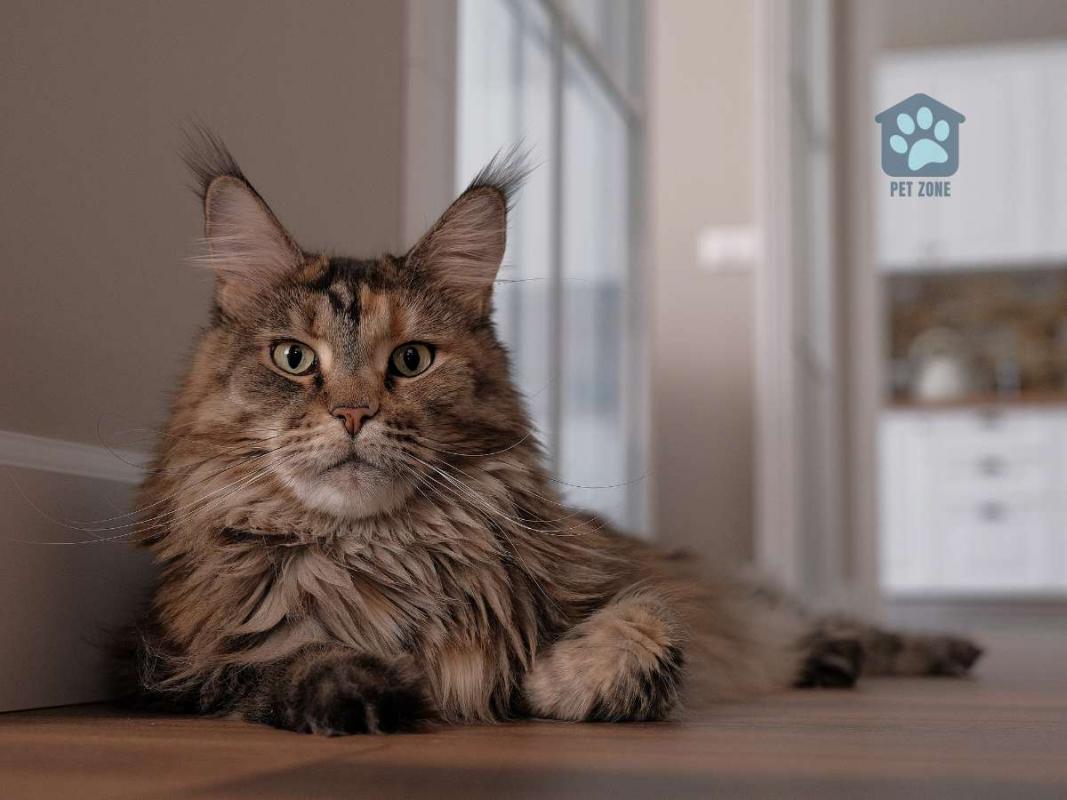

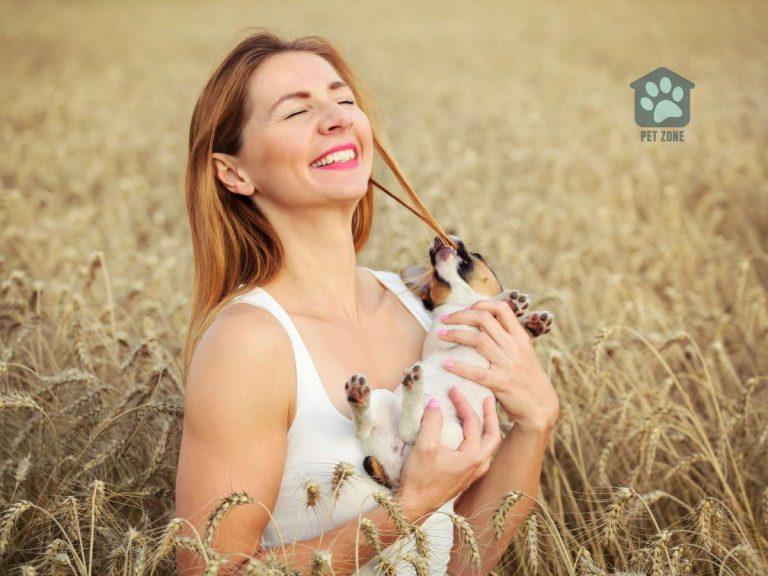
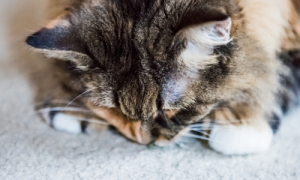

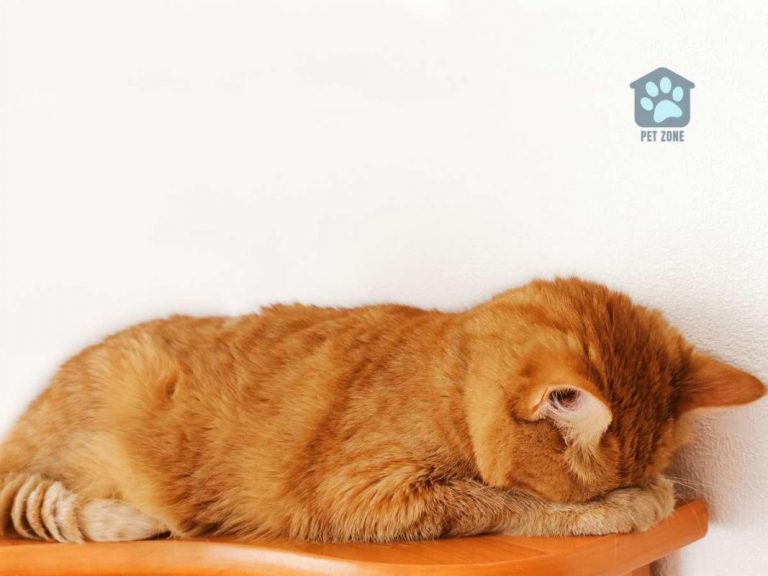
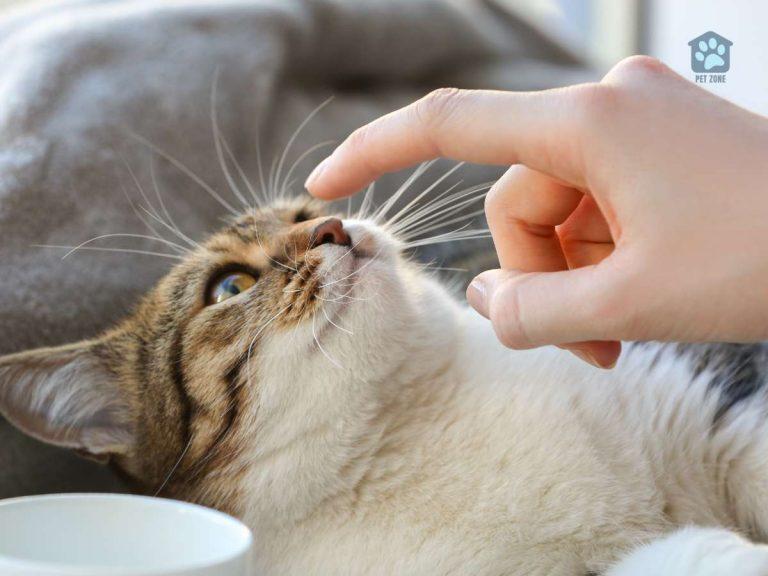
This post is very helpful! One of my cats is a Maine Coon and he sheds gobs of hair. I just got a special brush and can’t wait to arrive. I’m sure everyone will love to brush him. Thanks for your post!
Super interesting! I won’t lie I’m a dog person through and through BUT I still find this kind of stuff fascinating so thanks for sharing